How To Detect And Prevent New Insider Threats
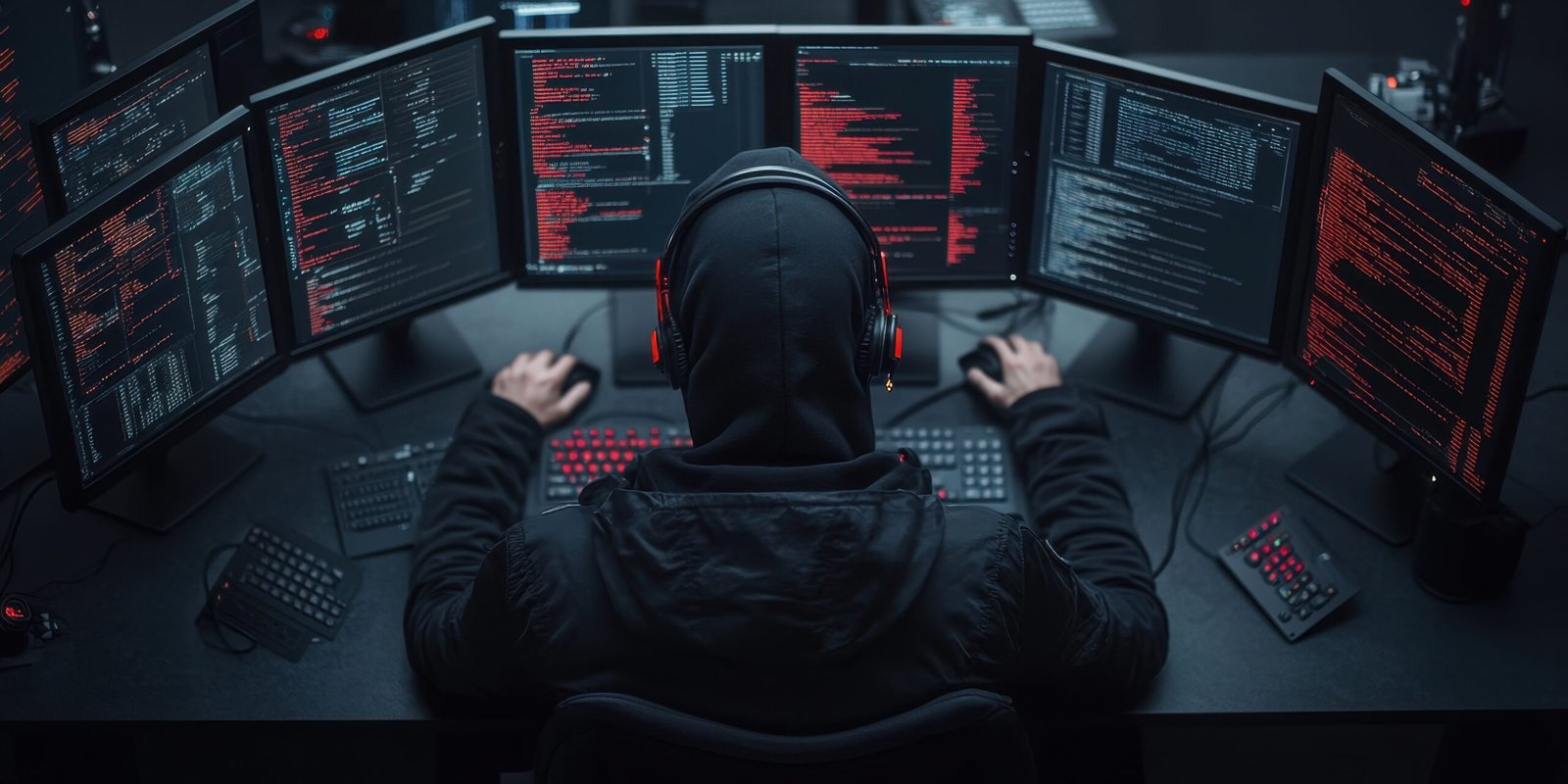
INTRODUCTION
Perhaps the greatest and most invisible threat in today’s cybersecurity environment is from within the organization itself. Insider threats, either intentional or unintentional, are some of the most hazardous because they are coming from trusted users who already have credentials to your organization’s sensitive information, systems, and networks. Externally based attackers have to get through defenses, but insiders already possess the keys to the kingdom.
The question is: How to detect and prevent insider threats effectively?
It is important to understand the intricacies of insider threats in order to build robust defense mechanisms beyond mere external firewalls and intrusion detection systems. This blog will go into great depth on how to detect and prevent insider threats, providing in-depth strategies, tools, and techniques to assist businesses in protecting their operations, reputation, and data from this ubiquitous threat.

What Are Insider Threats?
Insider threats are activities performed by a member of an organization—employee, contractor, business partner, or any individual with approved access—who break the security of the organization. Insider threats may either be malicious, accidental, or even unintentional.
Types of Insider Threats:
Malicious Insiders
Examples are data theft, fraud, or deliberately sabotaging systems.
These are the workers who inadvertently cause damage through carelessness or ignorance of security. For example, accidentally clicking on a phishing link or improperly dealing with confidential information.
Compromised Insiders
Here, an attacker obtains unauthorized access by stealing the insider’s login credentials or tricking them into doing things that undermine the security of the system.
The Effect of Insider Threats
The effects of insider threats are catastrophic:
Data Breaches: Insider incidents are a main culprit behind data breaches that result in exposure of confidential data.
Financial Loss: Insider attacks have the potential to cause heavy monetary loss, ranging from theft or fraudulent activities to recovery and remediation expenditures.
Reputational Damage: An insider breach can destroy an organization’s reputation, destroy customer confidence, and harm business relationships.
Intellectual Property Theft: Disgruntled or former employees can steal intellectual property, trade secrets, or confidential documents.
How to Detect and Prevent Insider Threats
1. Set Up a Robust Insider Threat Detection Framework
The initial step in how to detect and prevent insider threats is to set up a framework that integrates preventive and detective controls. It is the mixture of technology solutions, security policies, and human monitoring.
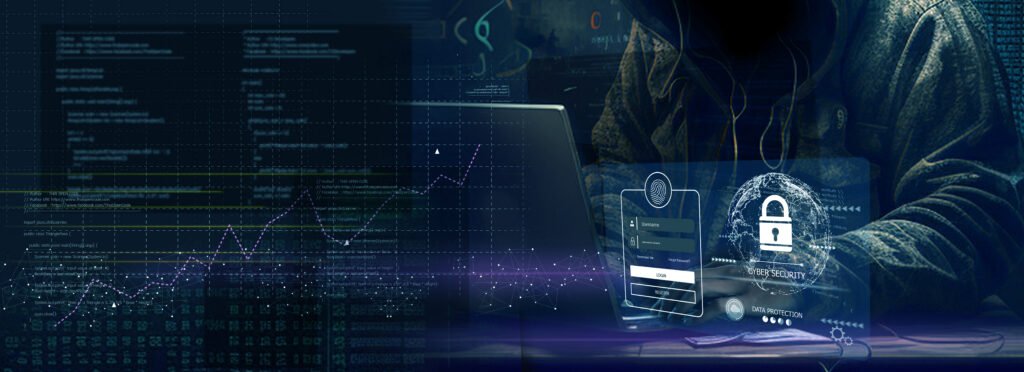
User Behavior Analytics (UBA)
UBA tools monitor and report on employee behavior to identify anomalous or suspicious activity that can be indicative of an insider threat. Through the establishment of a baseline of typical activities, UBA tools are able to alert on outliers such as unauthorized access to files, login at unusual times.
Examples: Varonis, Exabeam, and Splunk.
Security Information and Event Management (SIEM)
SIEM systems collect data from network devices, servers, and security products to determine anomalies. SIEM software can scan logs for malicious activity, correlate events, and raise alarms for prompt action.
Examples: IBM QRadar, Splunk, and AlienVault.
2. Restrict User Access with Role-Based Access Control (RBAC)
Another major to how to detect and counter insider threats is strictly controlling who has access to what information. With Role-Based Access Control (RBAC), a user is given only the minimum amount of access needed to carry out their job. This reduces the likelihood of exposure or misuse of data without authorization.
Principle of Least Privilege (PoLP)
By implementing the principle of least privilege, you can make sure that employees can only access the data they absolutely require to perform their job. This is a huge reduction of the potential magnitude of an insider threat since it restricts the level of sensitive information each employee can have access to.
3. Monitoring and Auditing Regularly
Regular auditing of network activity, file access, and staff behavior can enable organizations to instantly identify malicious or negligent activity.
Data Loss Prevention (DLP) Tools
DLP tools monitor the activity of users and can block or notify security teams when data is being transferred out of the organization.
Examples: Symantec DLP, Digital Guardian, and Forcepoint DLP.
File Integrity Monitoring (FIM)
FIM tools assist in monitoring and flagging changes to configurations and files, like unauthorized file deletion or modification, which may signal an insider threat.
Examples: Tripwire and SolarWinds.
4. Train Employees on Security Best Practices
Most of the time, insider threats are caused by human mistake, including lax security practices, inadvertent information sharing, or succumbing to phishing attacks. Training employees is a significant aspect of detecting and stopping insider threats.
Security Awareness Programs
Regular training sessions that educate employees on data security, phishing attacks, password hygiene, and suspicious activity reporting.
Conducting simulated phishing attacks will make your employees aware of how to identify and shun phishing emails, minimizing the chances that their credentials would be stolen by an outsider.

5. Incident Response and Reporting Mechanisms
A good incident response plan is important in handling and lessening the impact of insider threats. Your incident response plan must include:
Immediate Responses: Actions to take as soon as an insider threat is suspected, including suspending user access or quarantining systems.
Investigation Procedures: A procedure for gathering evidence, monitoring activity, and assessing the scope of the breach.
Communication: Open communication channels to notify appropriate stakeholders (management, customers, regulators) of the incident.
Having an open report mechanism for employees to report suspicious activities also supports a proactive defense.
6. Leverage Automation and AI-Driven Solutions
With the advent of artificial intelligence and automation, insider threat detection can be accelerated and made more precise. AI-driven solutions are capable of processing patterns and behaviors from big data and detecting potential threats in real time.
AI-Powered Security Tools
AI technology can identify irregular user activity and even foretell likely threats based on past evidence. AI technology is quicker to note faint indications of malicious activity, alerting earlier and allowing faster response.
Examples: Darktrace and Cylance.

Conclusion
In short, insider threat detection and prevention are a vital component of today’s cybersecurity practices. As organizations increase and embrace emerging technologies, the nature of insider threats evolves accordingly. With malicious action, inadvertence, or compromised credentials, insiders have a hitherto unprecedented and emerging risk to global organizations. Insider threats can bring dire consequences, such as financial loss and intellectual property theft, as well as reputation loss and regulatory sanctions.
Firms have to implement preventive steps that will safeguard them with a multi-layered defense mechanism consisting of access control, live monitoring, employee education, and automated threat detection software. By integrating technology with strong internal policies, companies are able to curtail insider threats by a significant margin.
The key to finding and preventing insider threats lies in early detection. By actively monitoring user behavior, using advanced tools like User Behavior Analytics (UBA) and SIEM solutions, and imposing strict role-based access controls, organizations can spot early warning signs and avoid harm when an attack occurs. No less important is the human element—the training of employees to be vigilant for suspicious behavior and giving them a way to report a concern is essential in developing the culture of security.
Moreover, firms must think ahead about prevention as well as maintaining a clearly outlined incident response plan. An effective response plan will ensure that if there is insider threat, the firm can react promptly to contain harm and recover successfully. Regular audits with rigorous forensic examination can help to detect security loopholes and enable continuous improvement in defensive measures.
Disclaimer
This blog provides general guidance on detecting and blocking insider threats. Remember that while the advice provided here is based on industry best practice, how effective any security strategy will be will only ever depend on the specific requirements, infrastructure, and regulatory environment of a given organization. Insider threats are adaptive, and malicious insiders’ tactics and techniques constantly evolve.
Thus, the measures outlined herein should be the basis that firms utilize to enhance their insider threat defenses. Companies are urged to employ cybersecurity professionals who will analyze their individual requirements and install measures that best suit their risk scenario. Additionally, companies must be compliant with current regulations, such as GDPR, HIPAA, or CCPA, which may affect the deployment of monitoring systems and employee privacy matters.
The success of any insider threat prevention initiative relies on constant updates, regular security audits, and understanding new and evolving cybersecurity threats. The threat landscape is evolving, and businesses must be proactive and not reactive in their approach to safeguarding their sensitive data and systems.
Recent Posts
Categories
- Cyber Security
- Security Operations Center
- Cloud Security
- Case Study
- Technology Trends
Vulnerability Assessment & Penetration Testing (VAPT)
Buy our VAPT services to identify vulnerabilities, simulate real-world attacks, and strengthen your systems against cyber threats effectively.
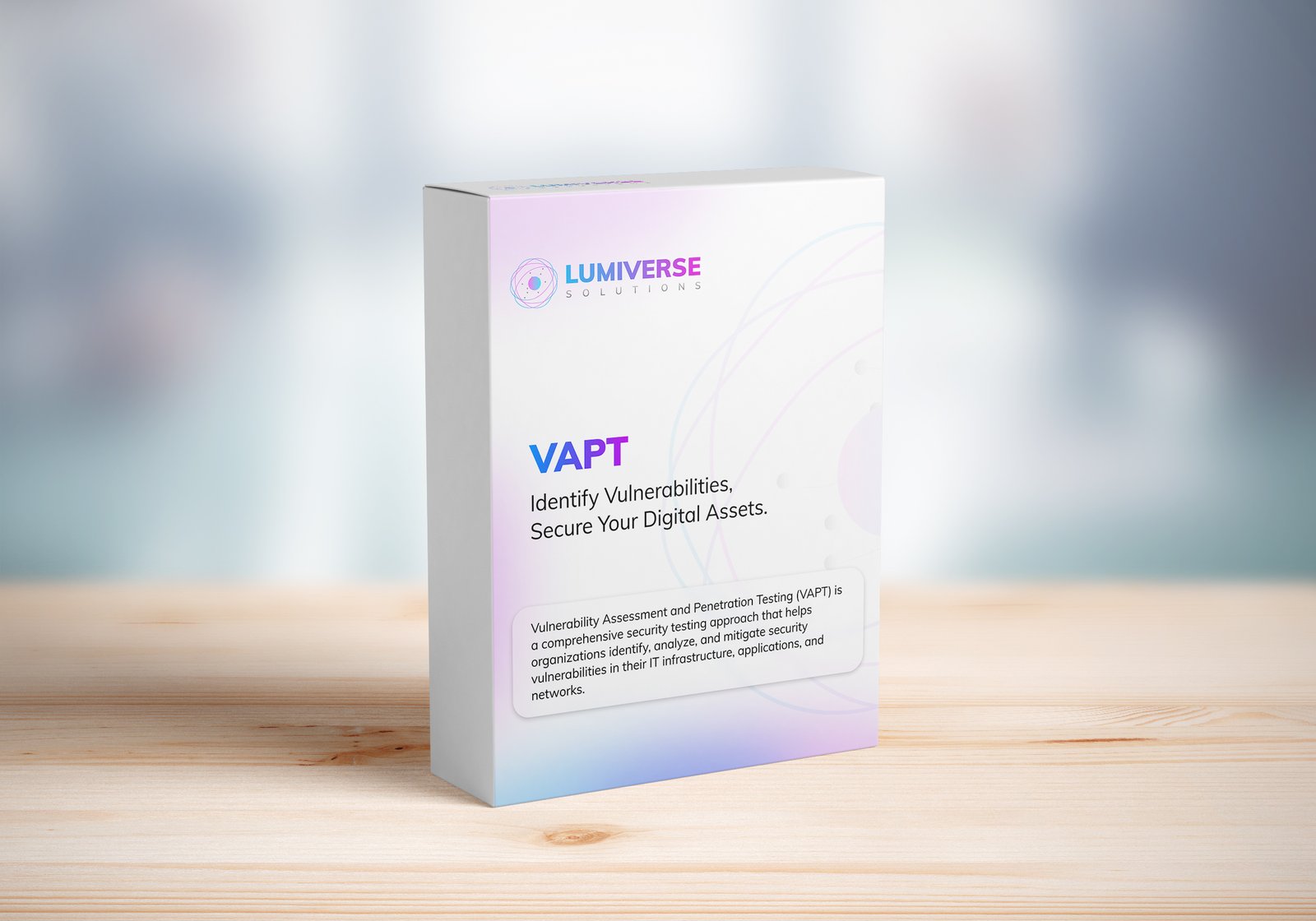
iso compliance service
Buy our ISO Compliance services to streamline processes, ensure security, meet global standards, and maintain industry certifications with ease.
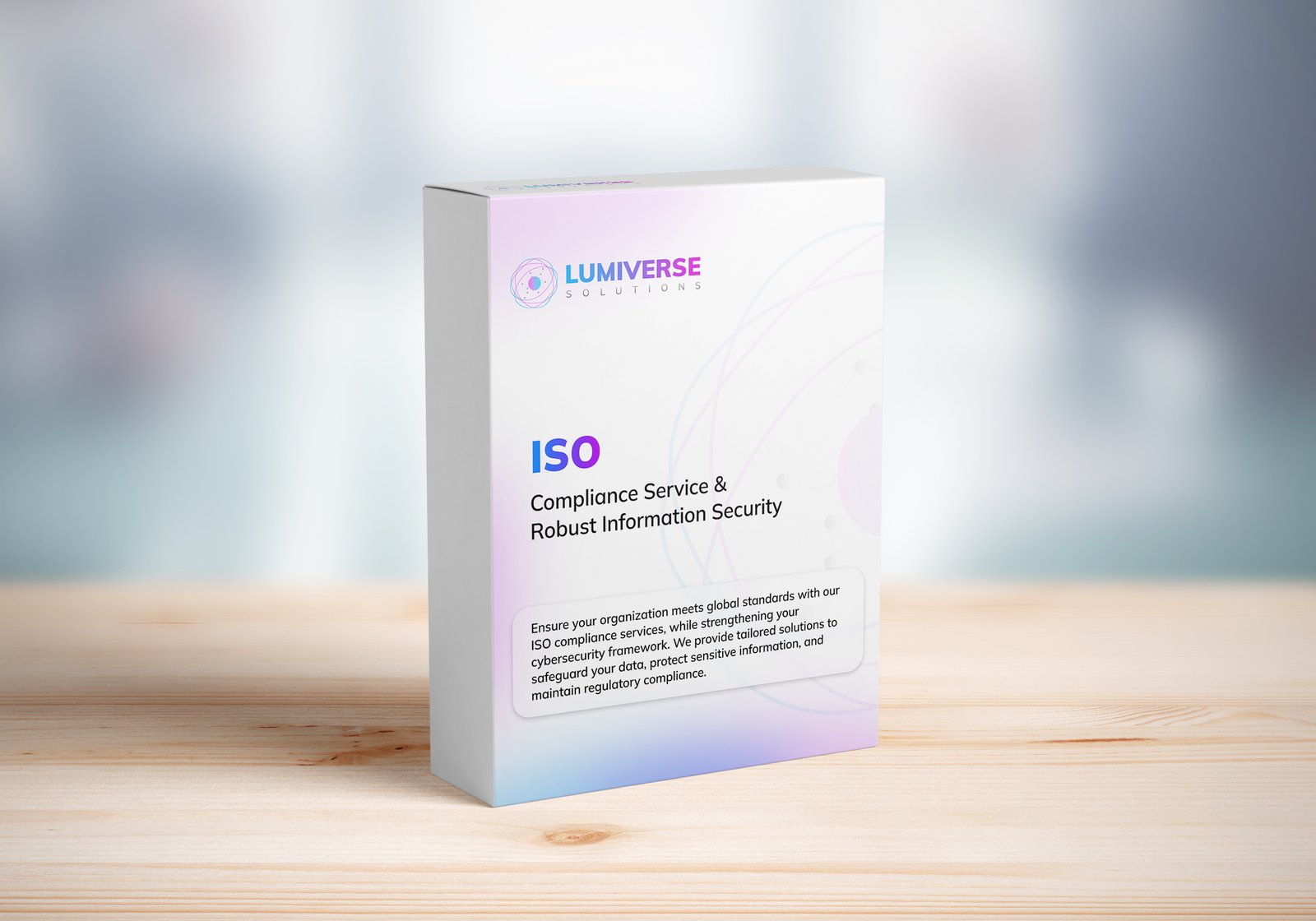
SOC 2 Compliance Audit
Ensure your business meets security, privacy, and compliance standards with our SOC 2 Compliance Audit services. Protect data, build trust, and stay secure. Buy our services today!

GDPR Compliance Audit Services
Ensure your organization meets GDPR standards with our expert compliance audit services. Protect data, avoid penalties, and enhance privacy practices. Buy our services today to stay secure and compliant!
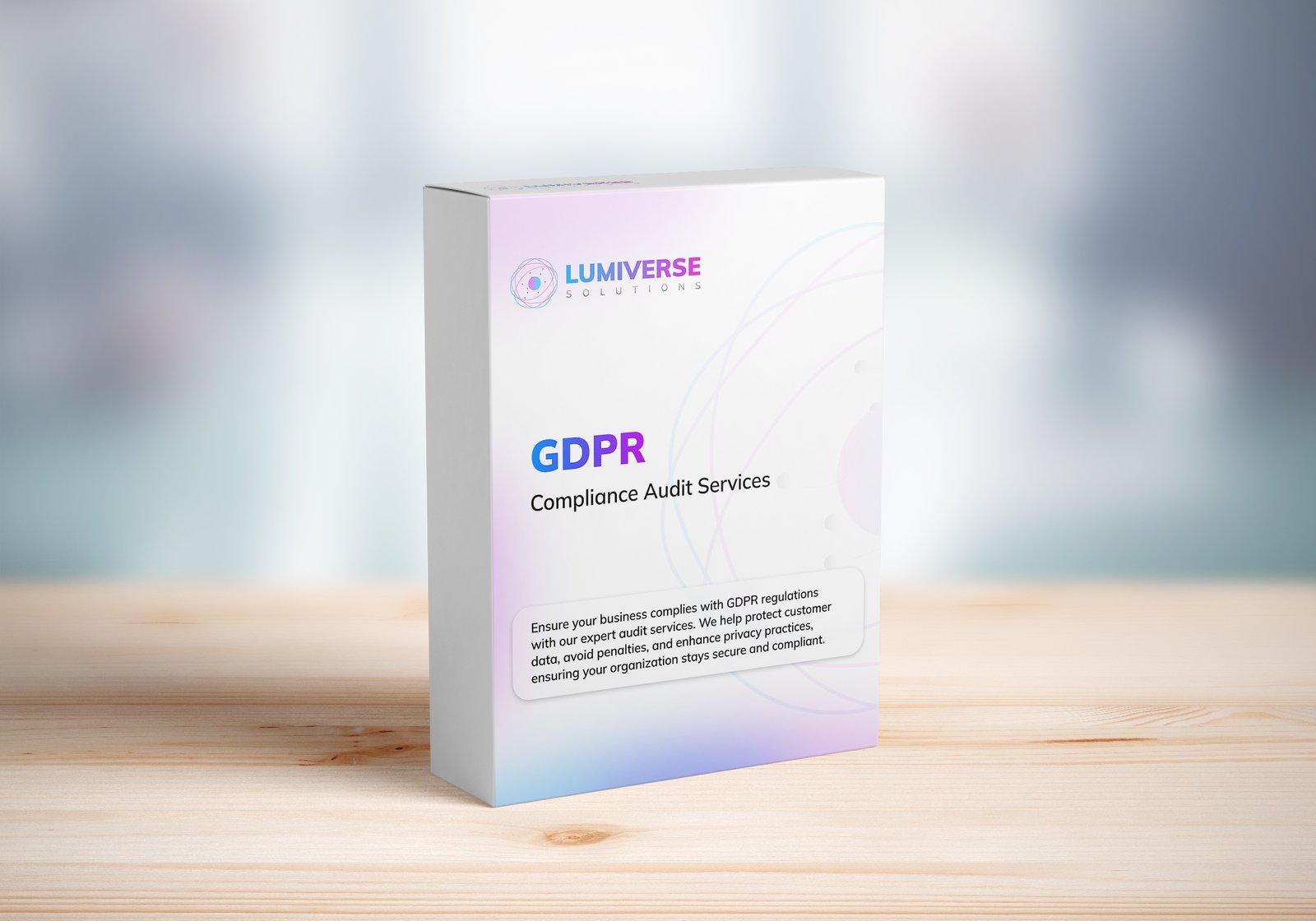
Subscribe to our Research
Enter your email address to subscribe to Lumiverse Research and receive notifications of new posts by email.
Tell Us Your Opinion
We value your perspective! Share your thoughts, feedback, or questions below. Your opinion matters and helps create a richer, more engaging conversation. Let’s connect and hear what you think about this post!

